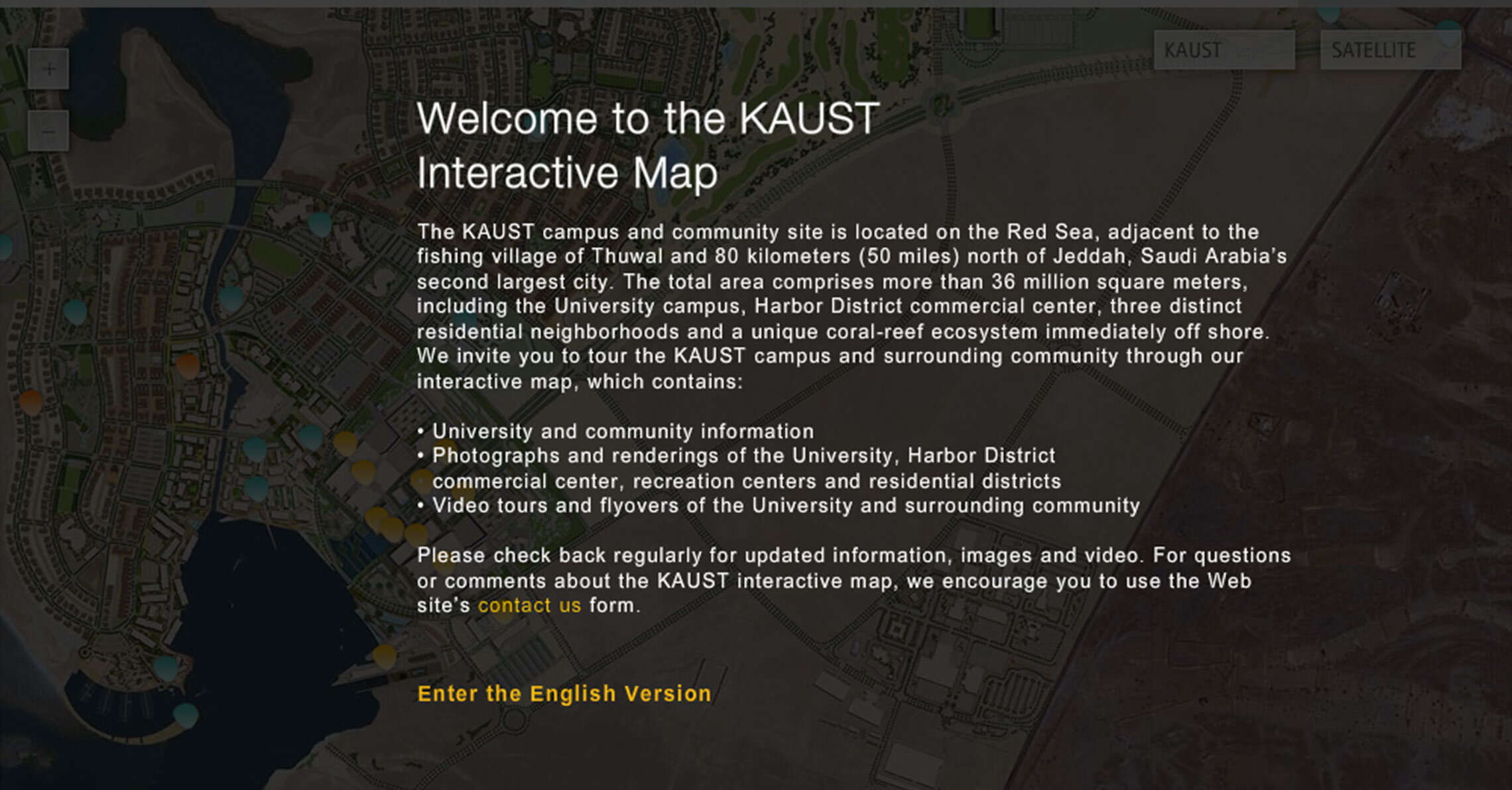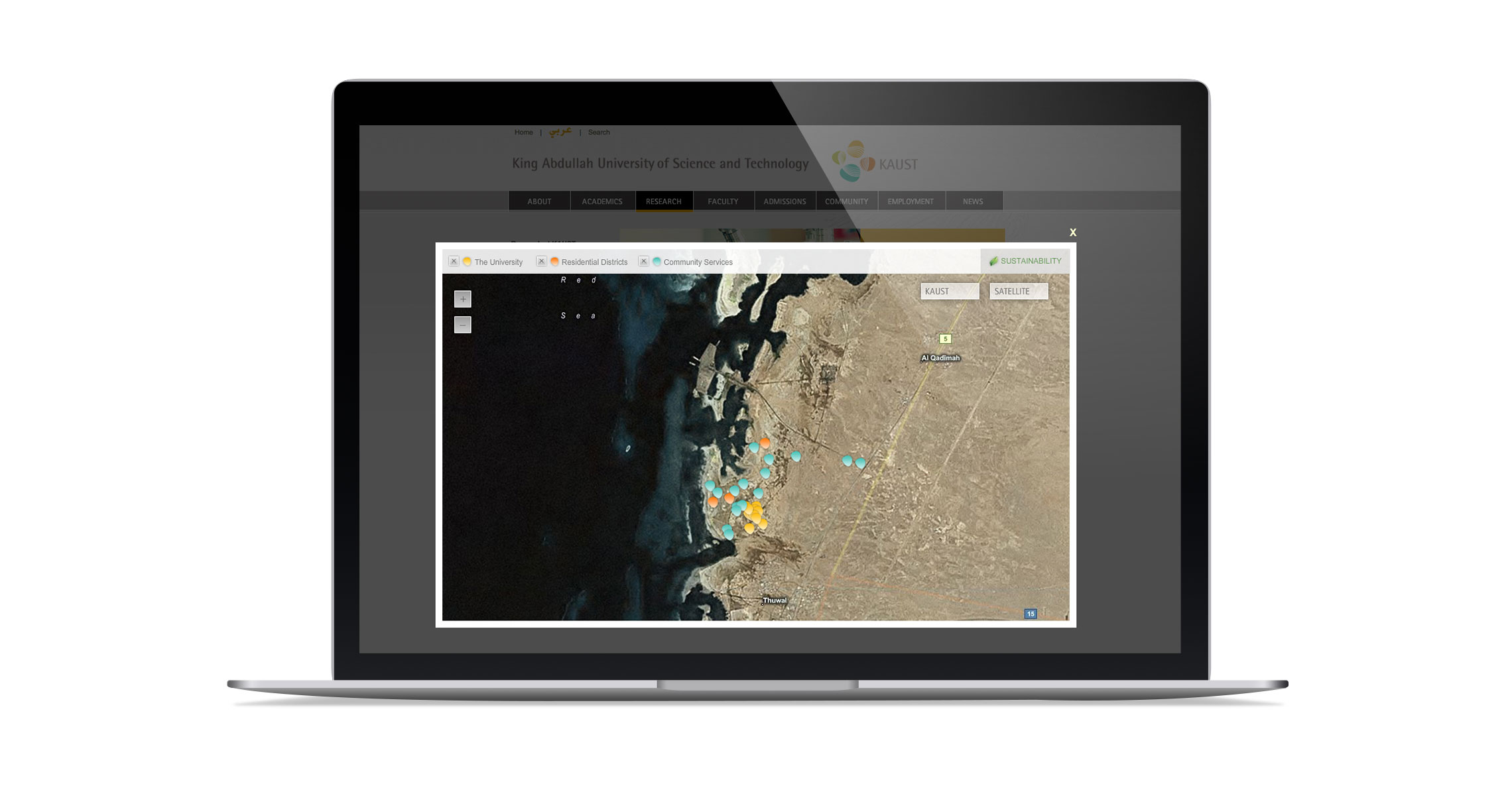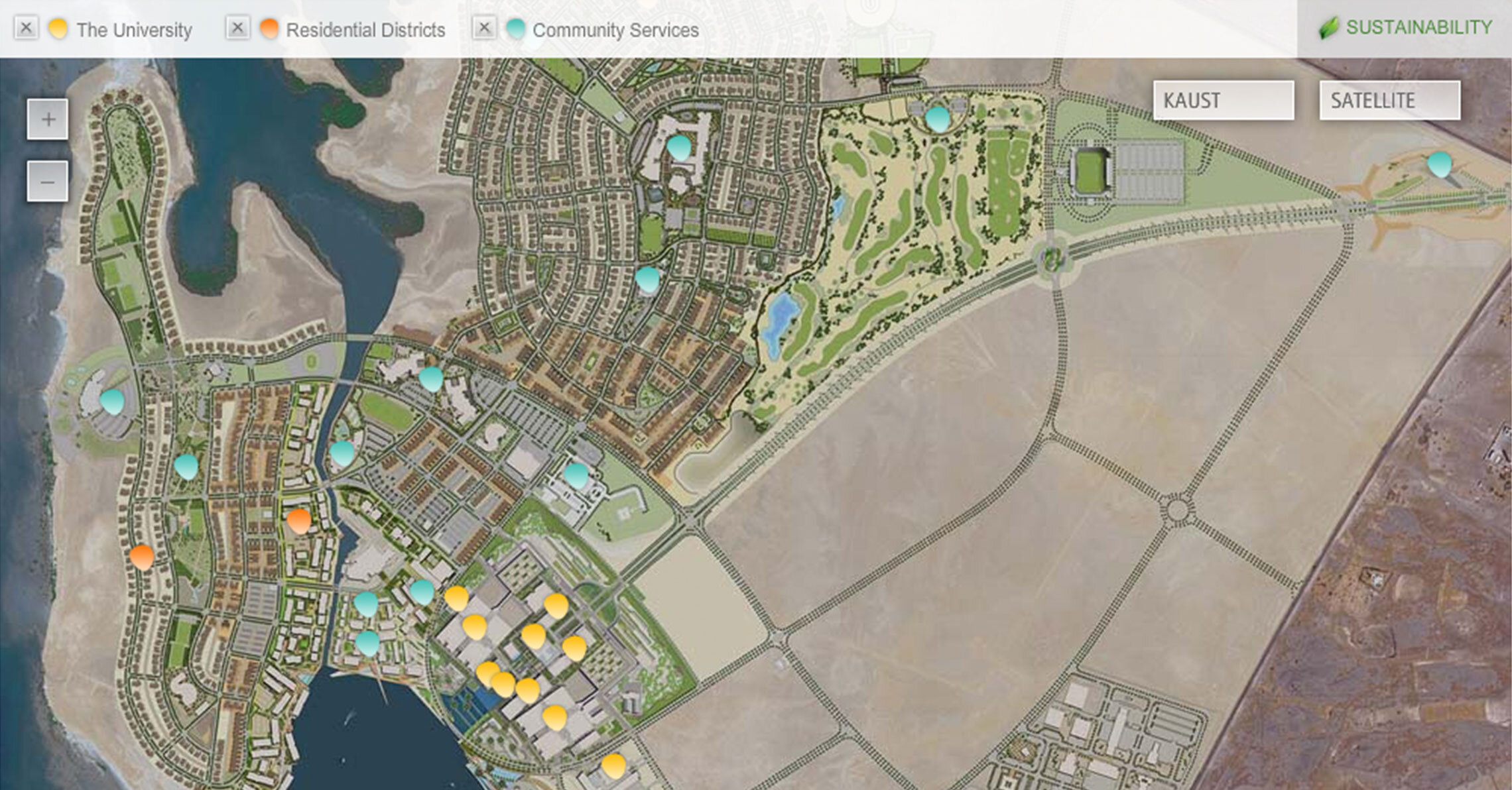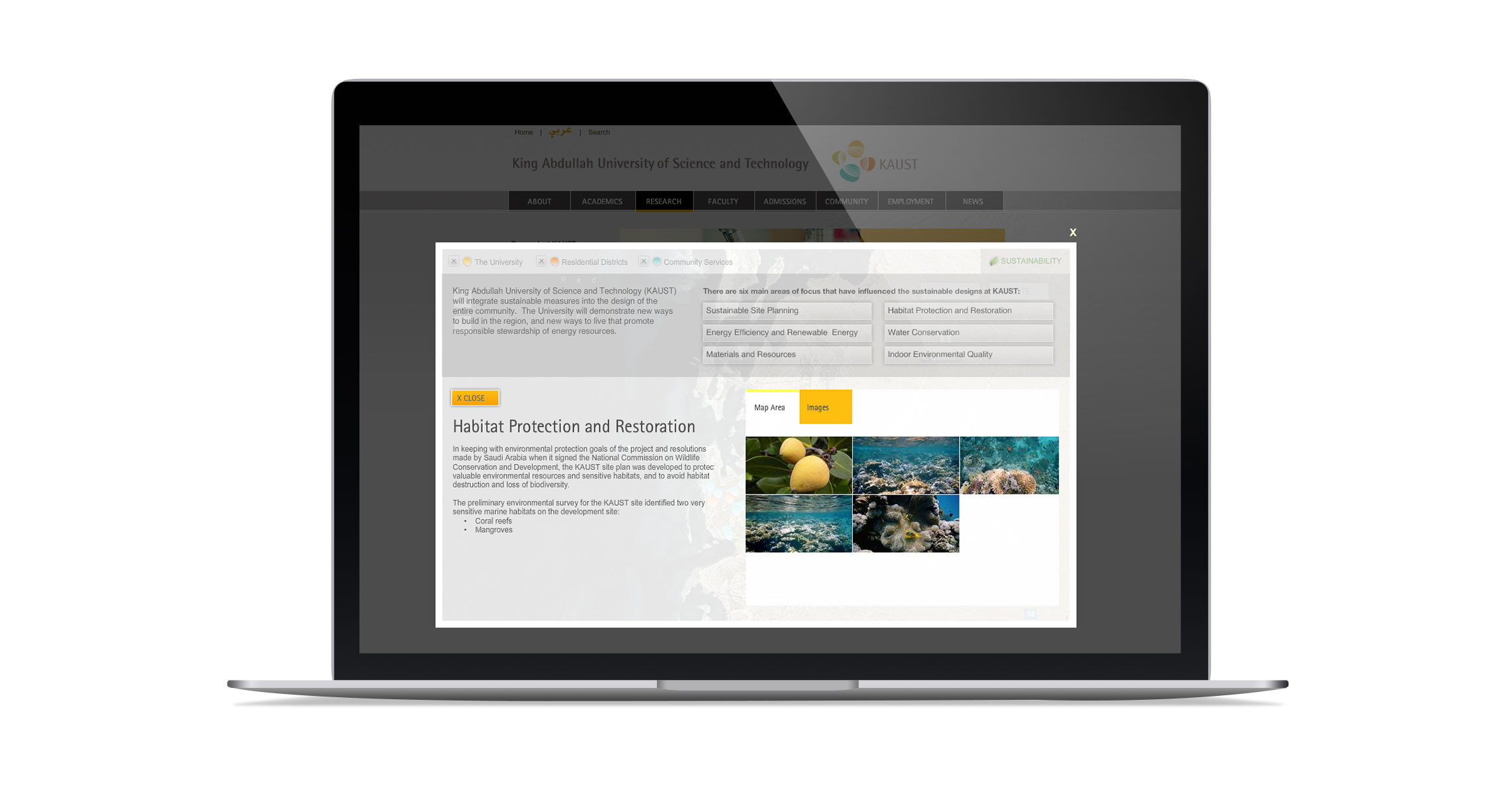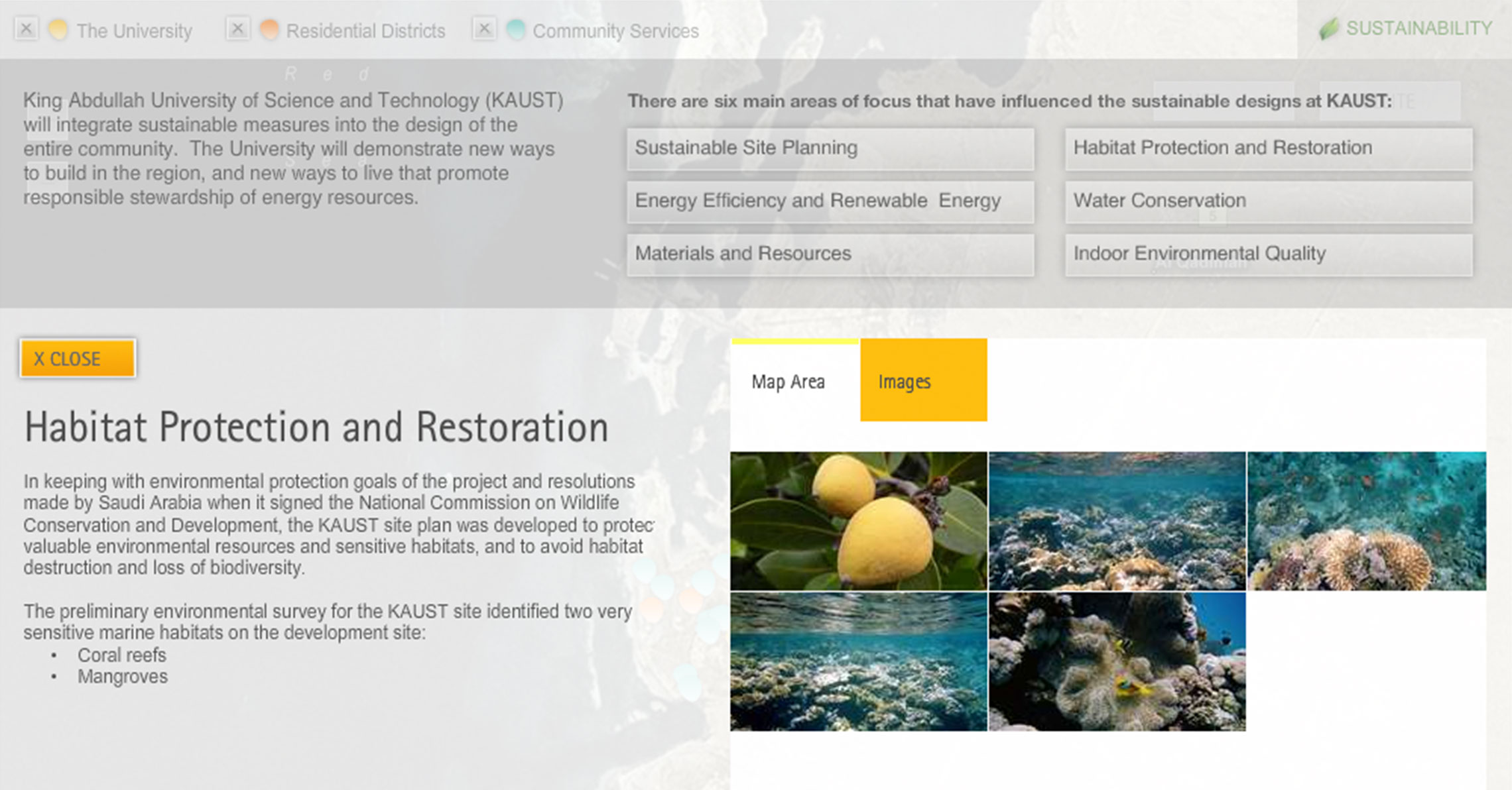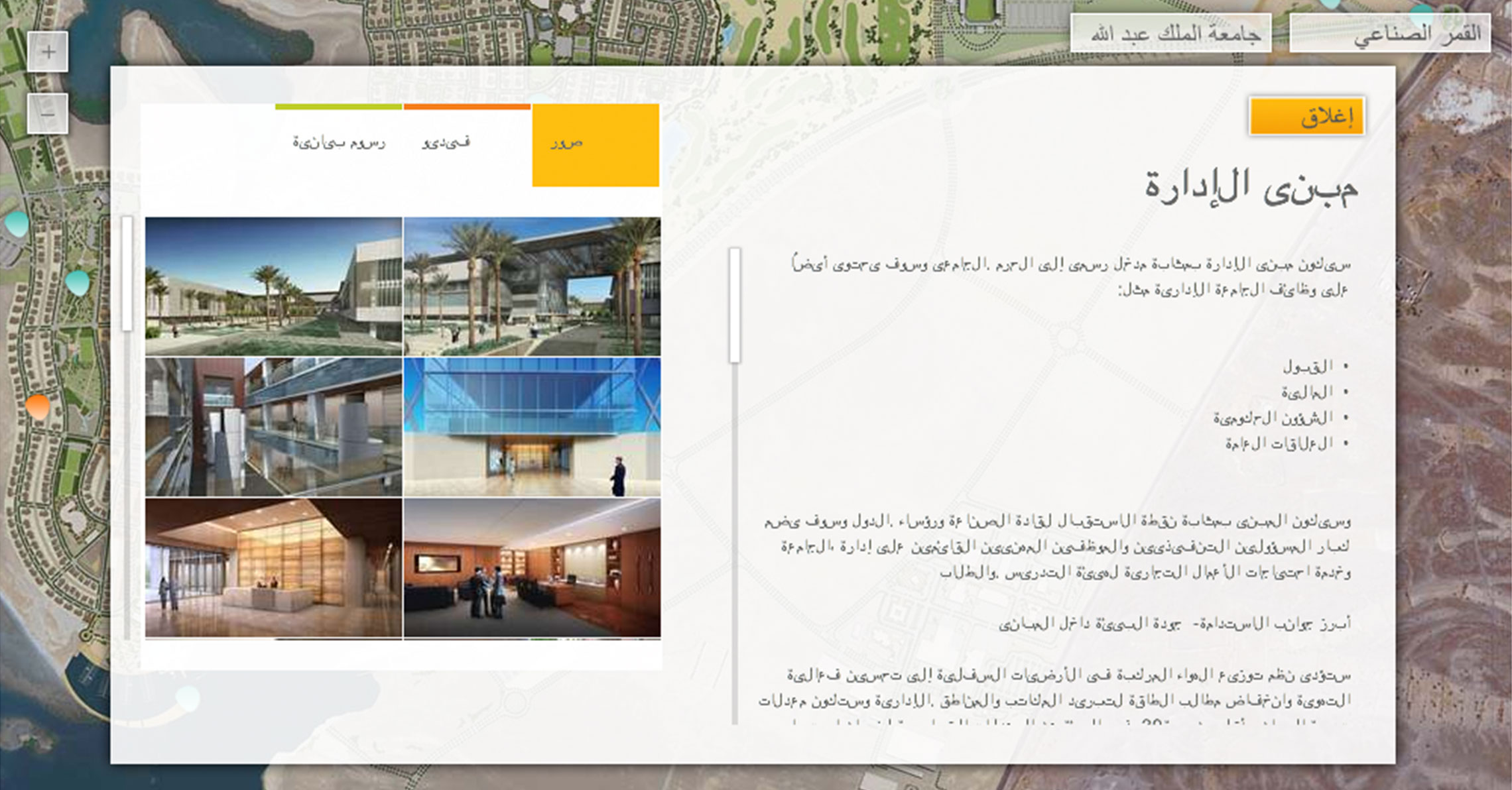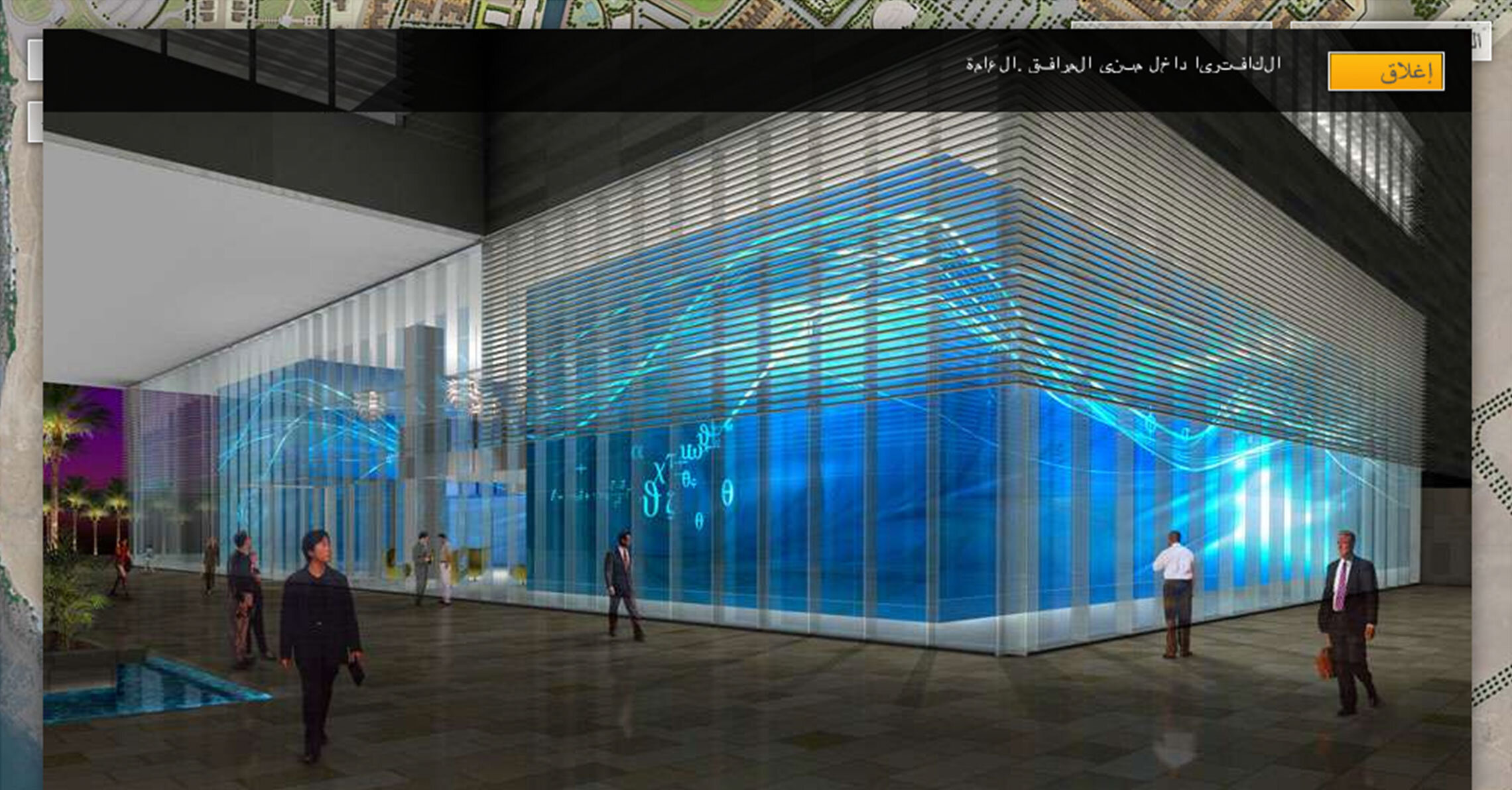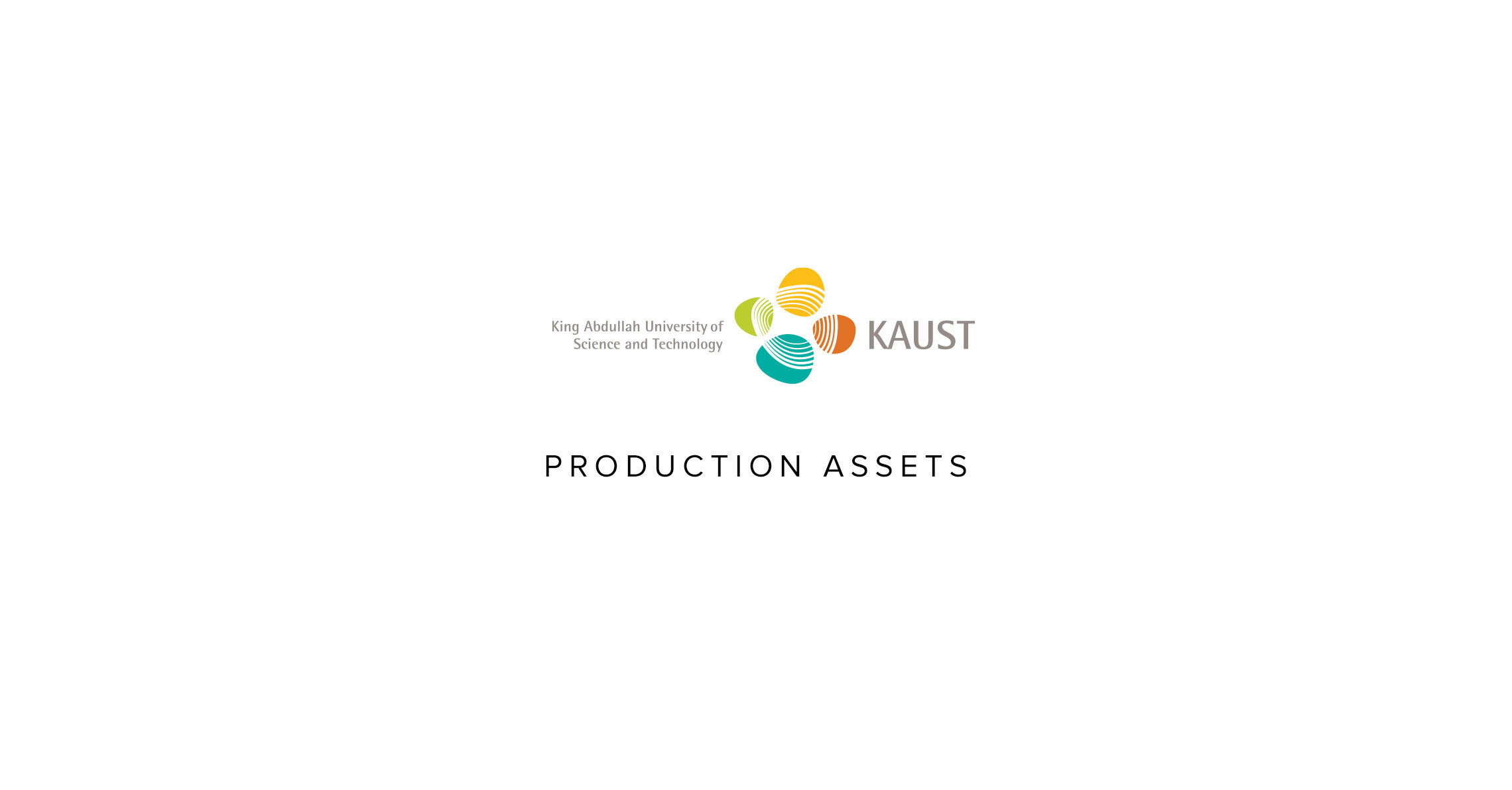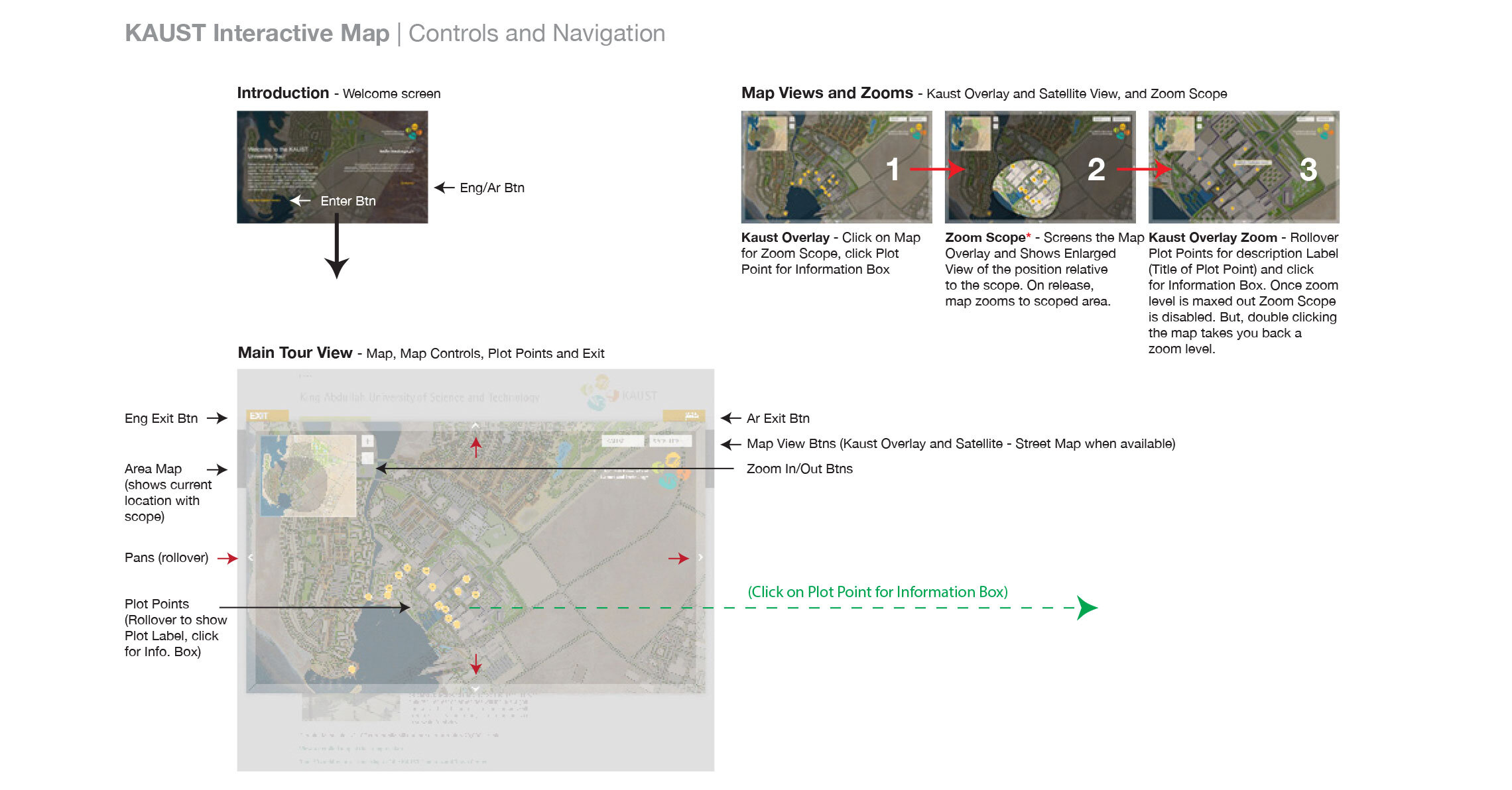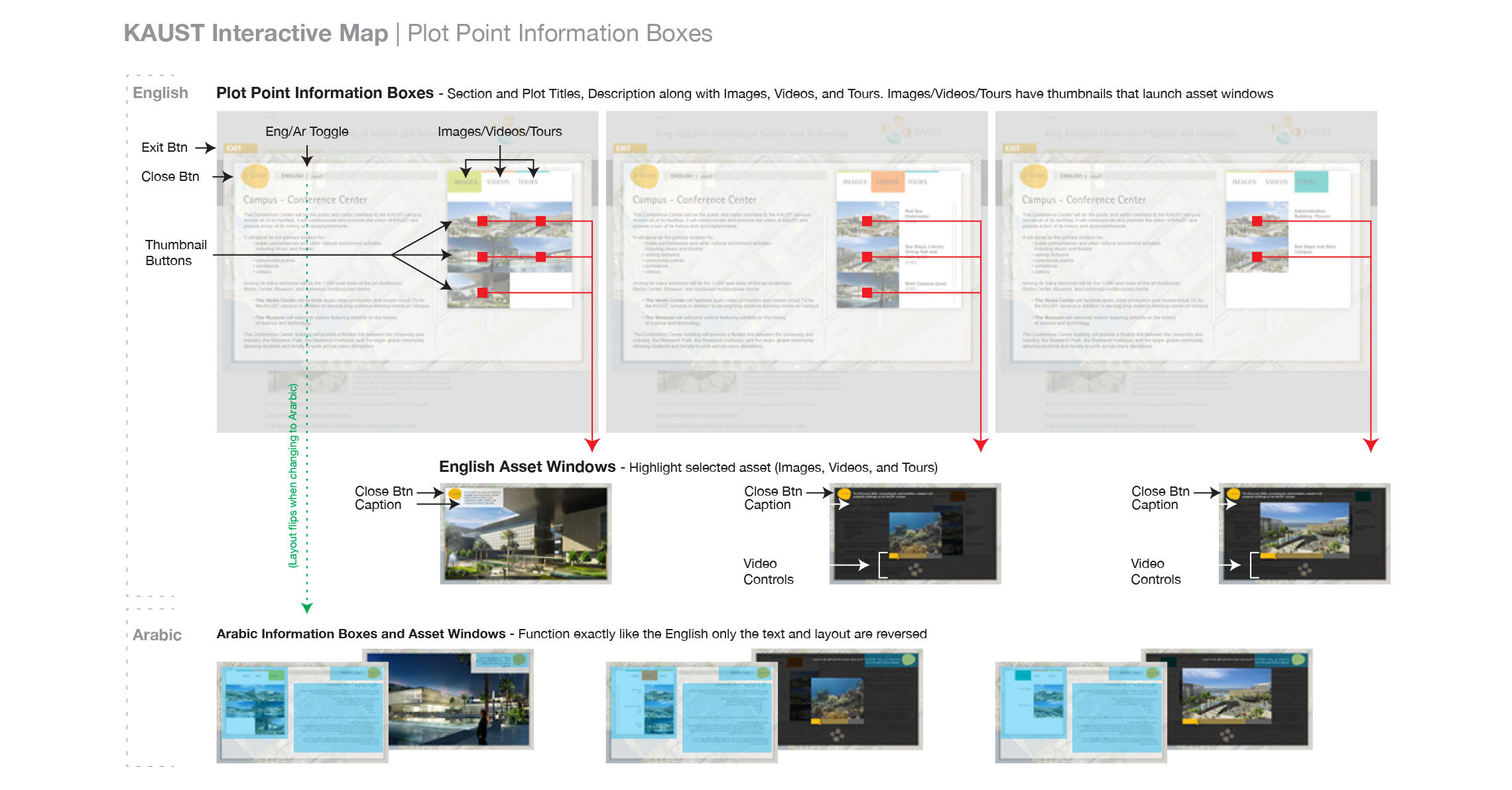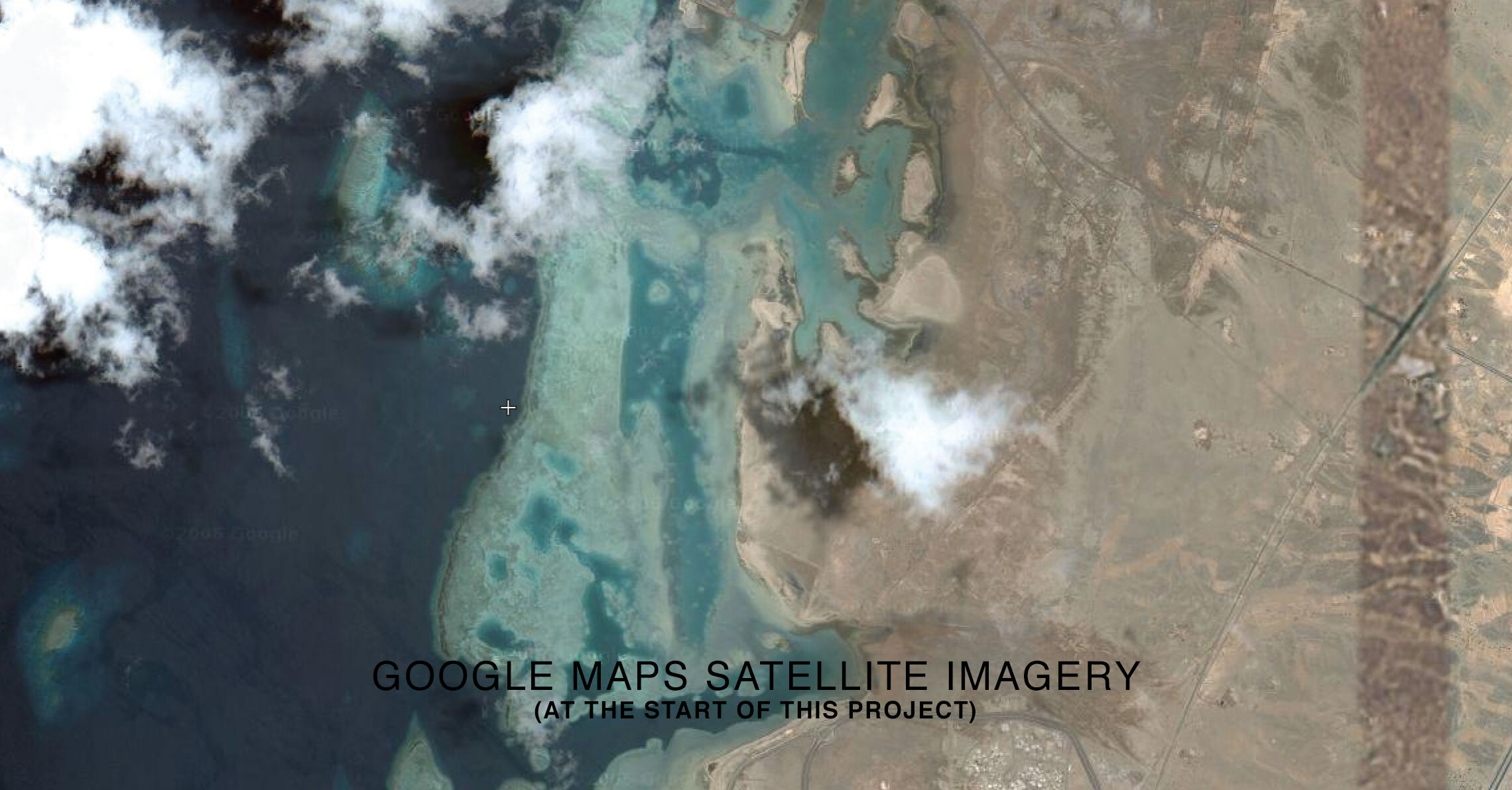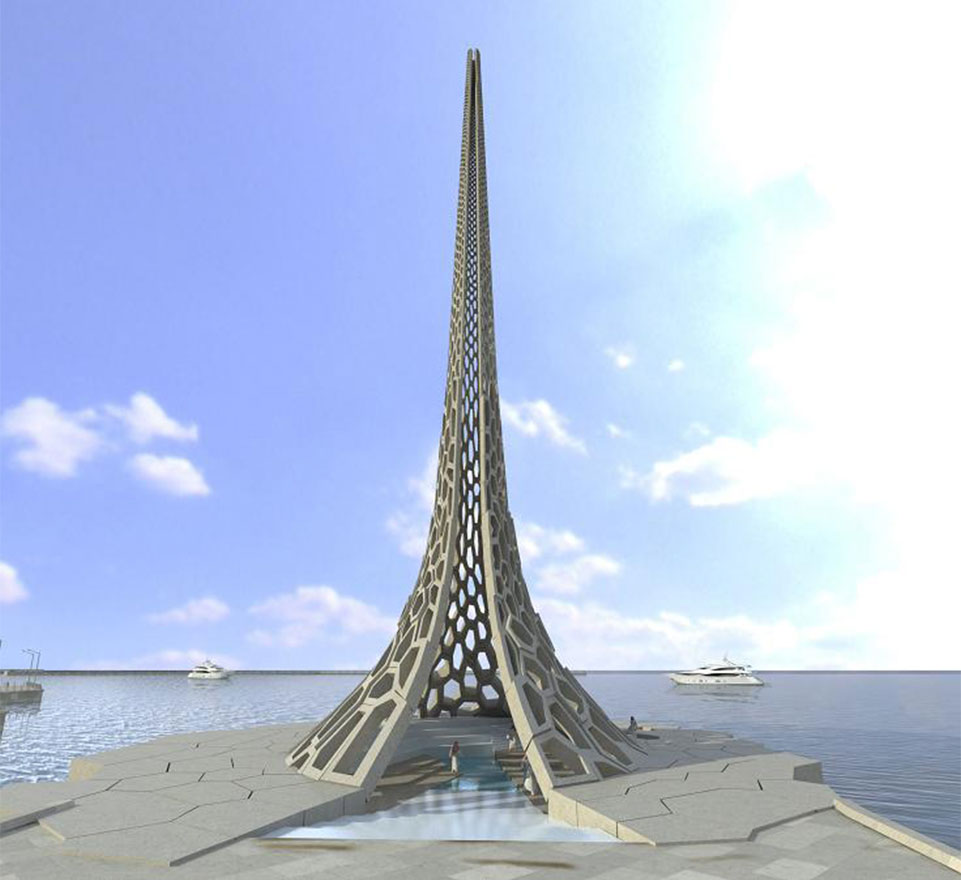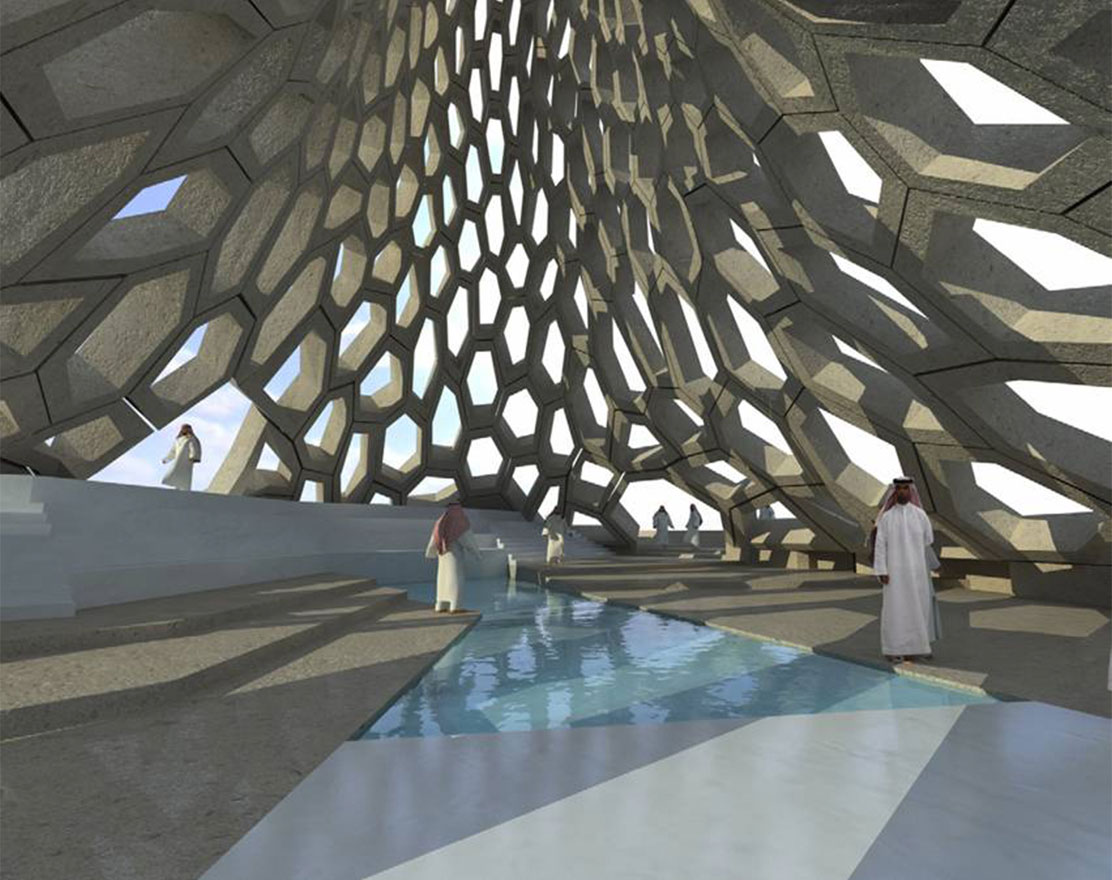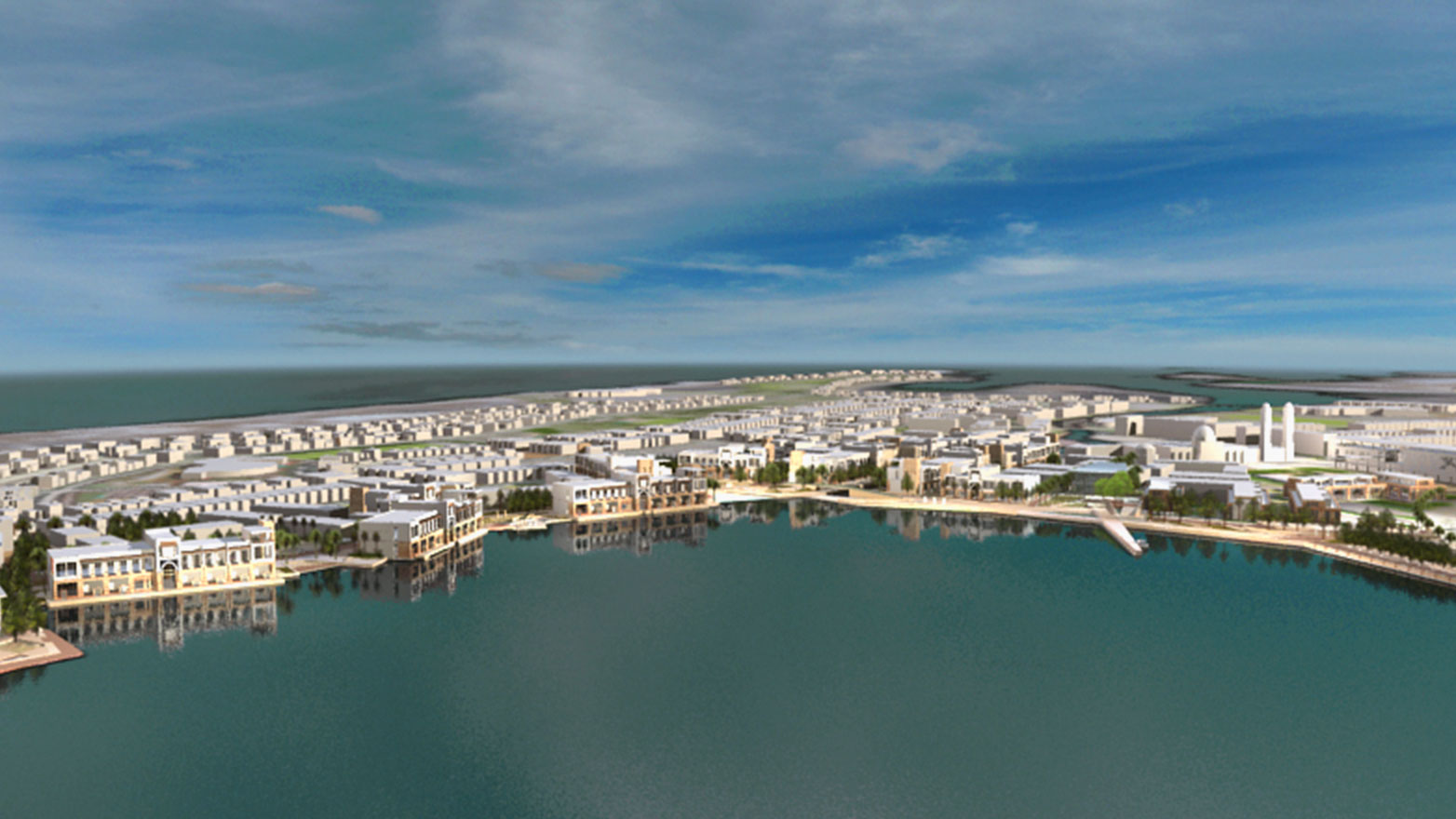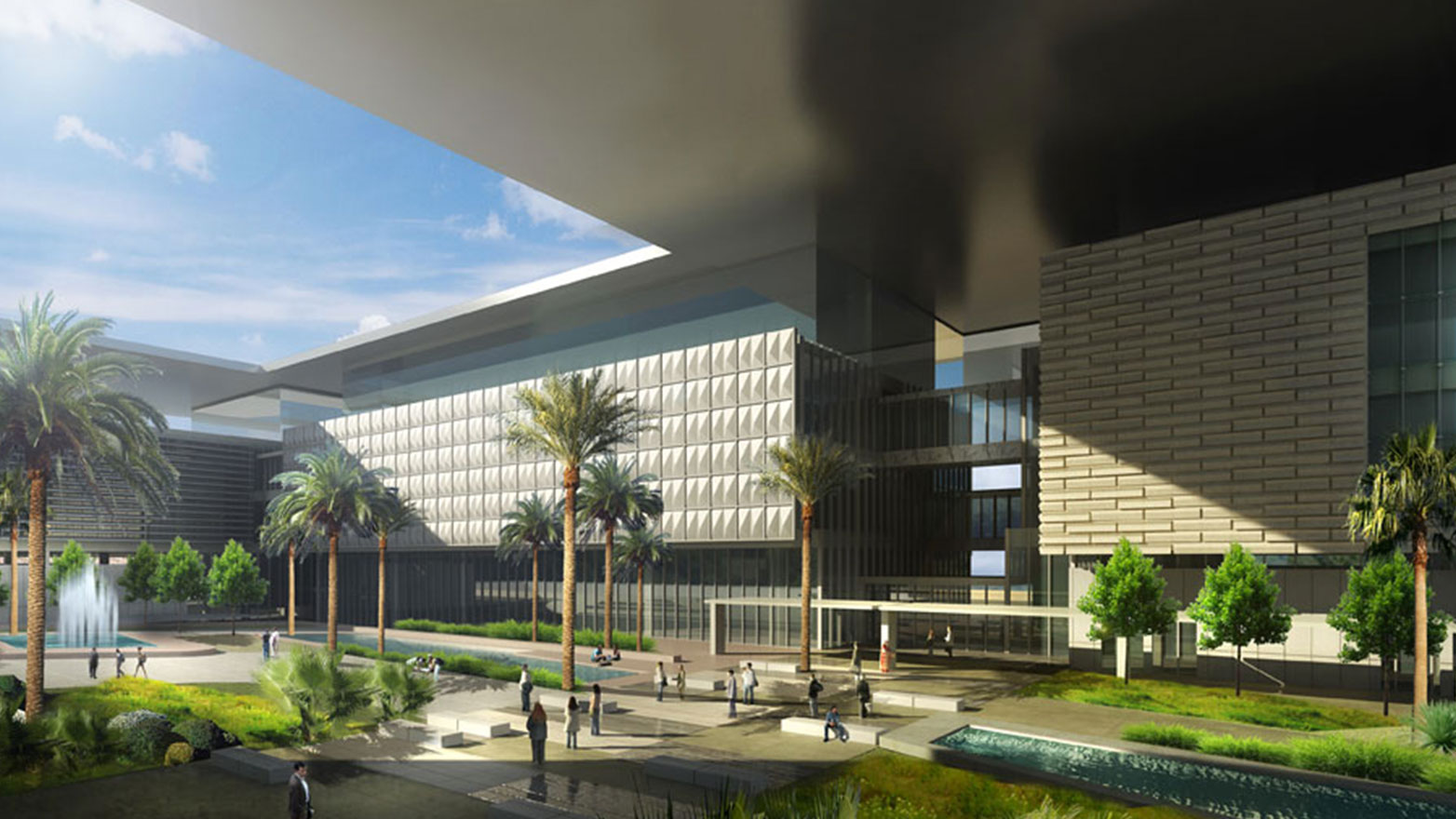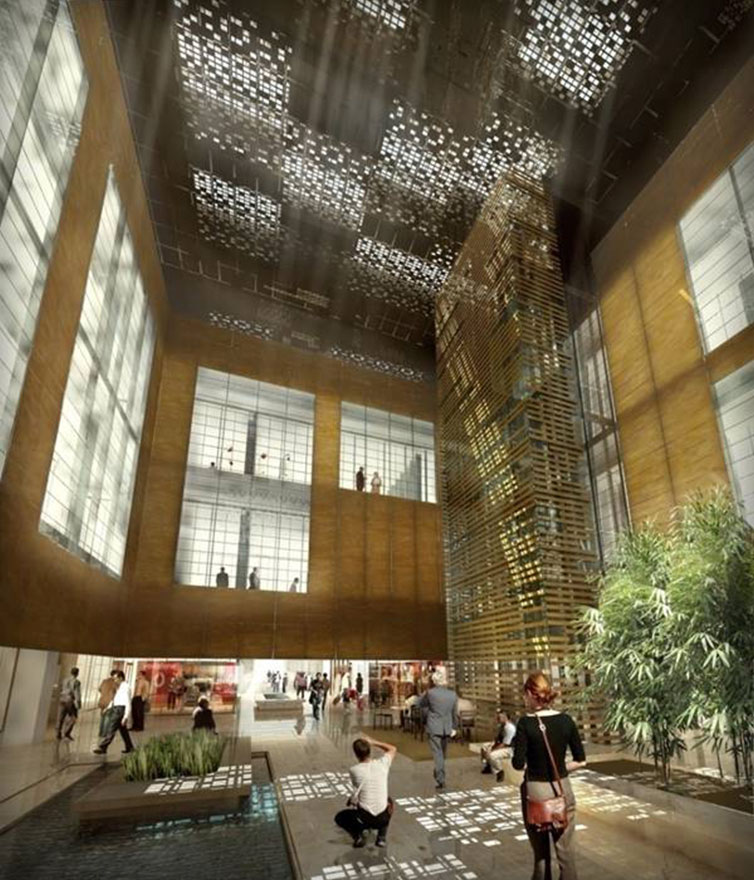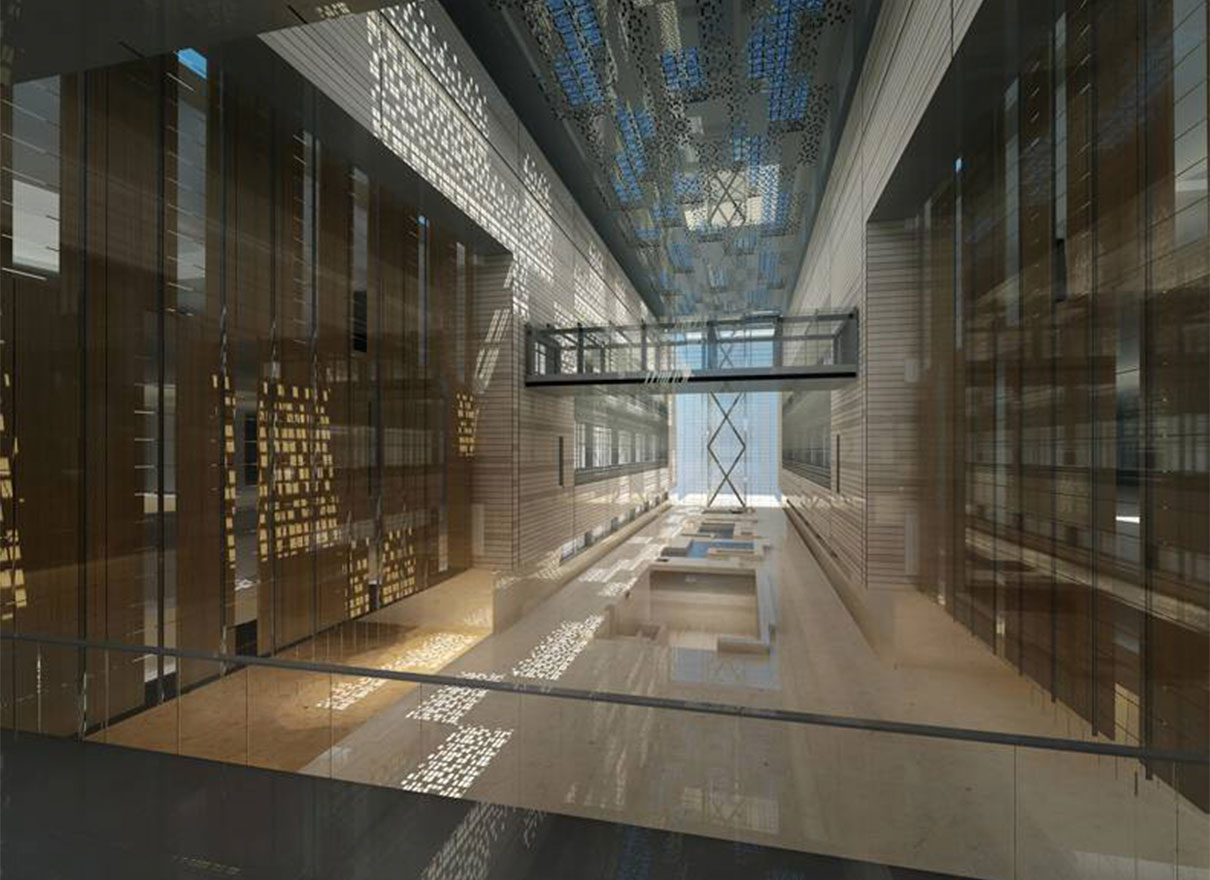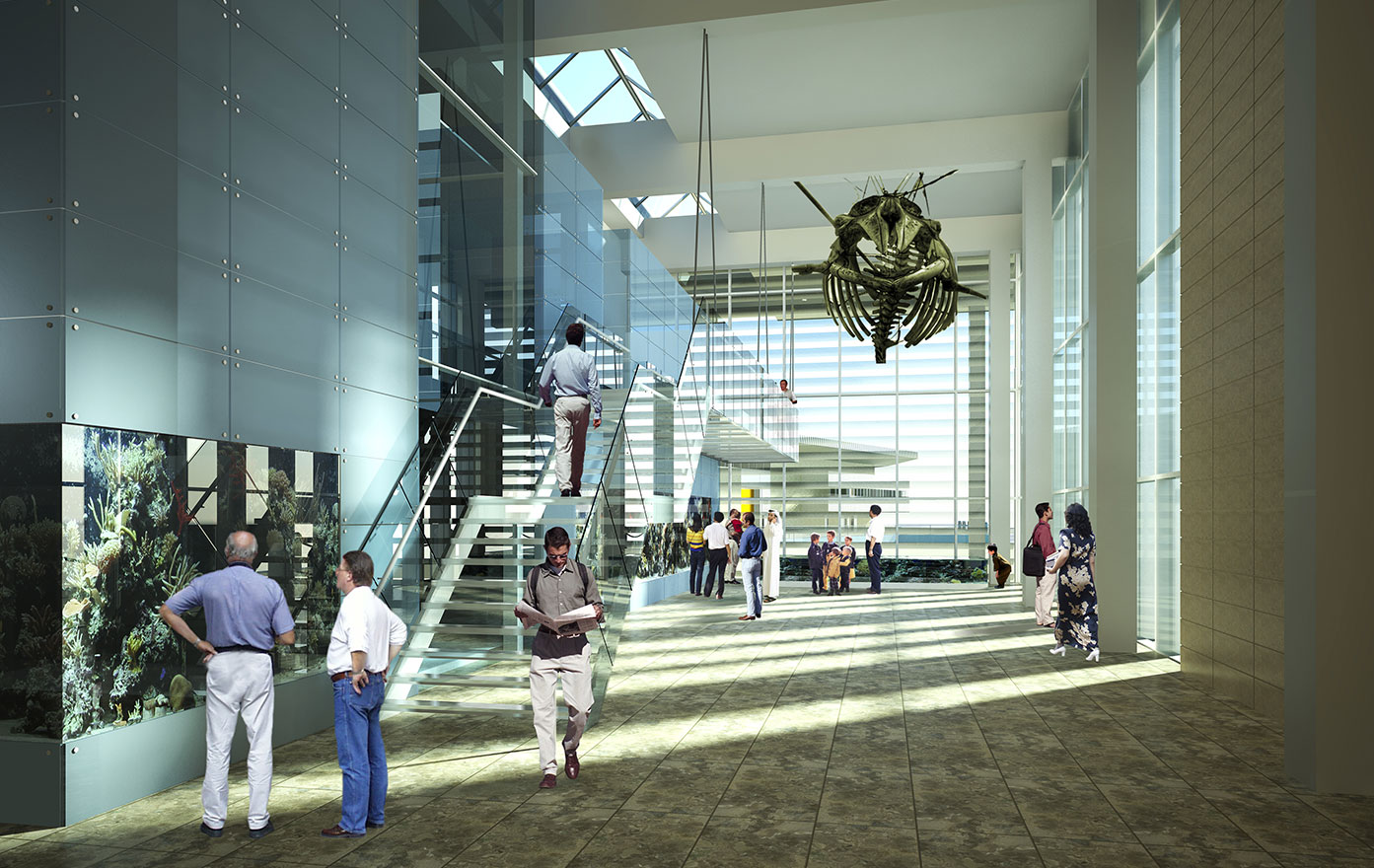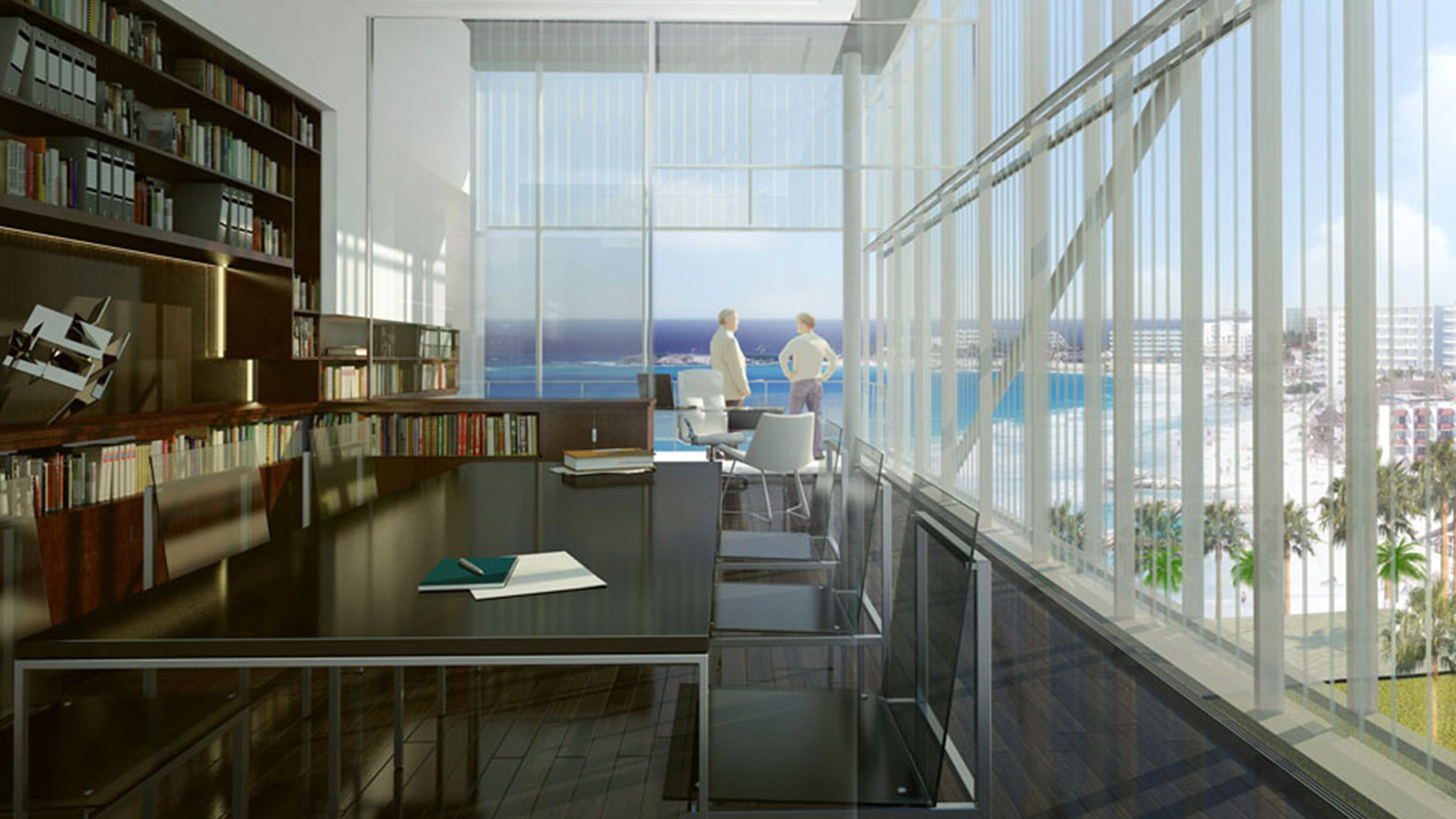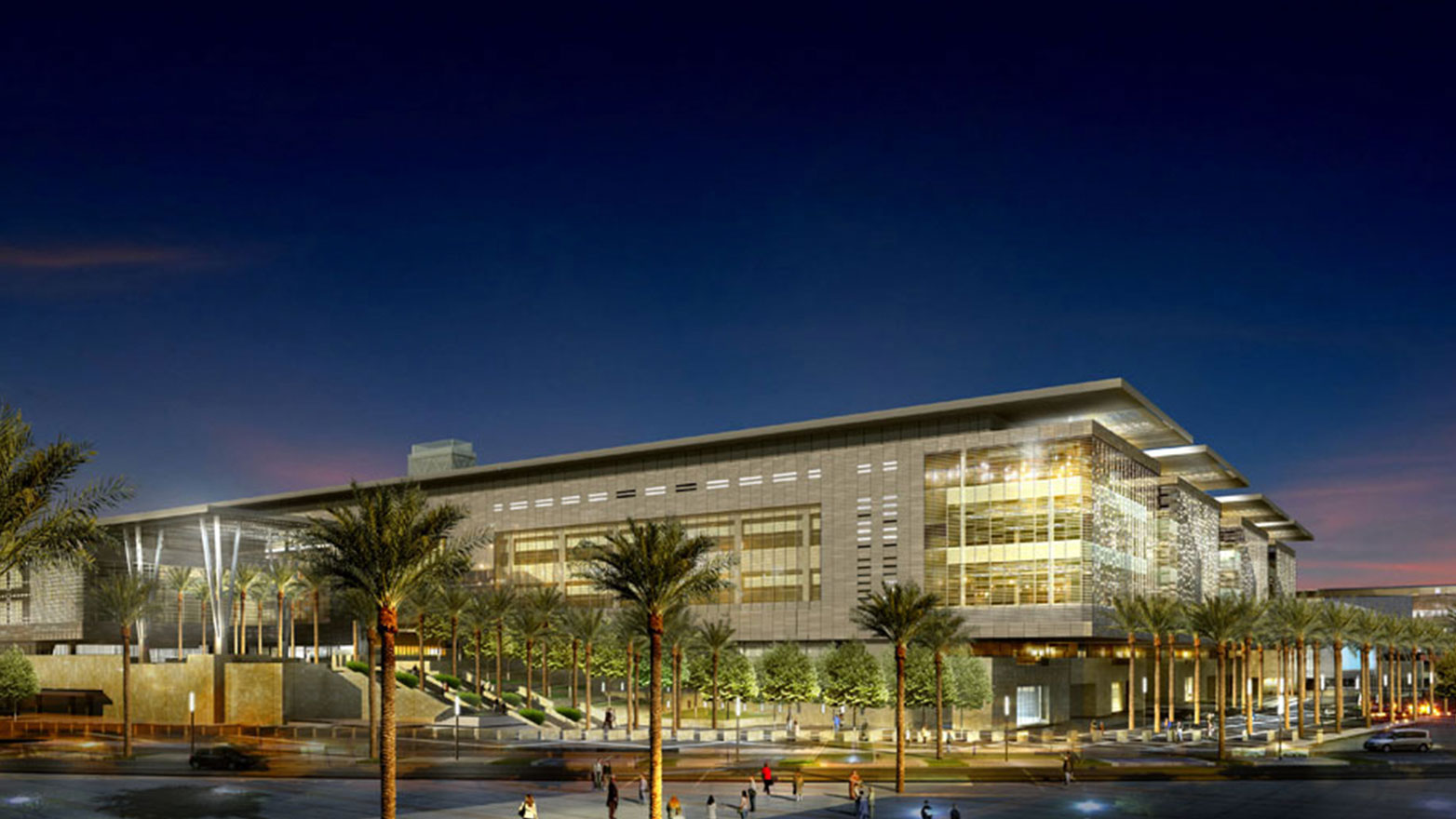King Abdullah University of Science & Technology
Establishing a university that doesn't exist, in a city that doesn't exist – in the middle of the desert
King Abdullah University of Science and Technology is an international graduate-level university on the shores of the Red Sea in Saudi Arabia. At the time, KAUST was only a vision – a 30-year-old dream of the late King Abdullah bin Abdul Aziz Al Saud’s.
It didn’t have the organizational structures of an existing university: no buildings, no president or permanent academic leadership, no faculty or students, no established research agenda that would attract leading scientists, and no brand or global profile. Misperceptions stirred skepticism about the mission, and its openness, making it necessary to educate audiences about its viability.
The sheer velocity of the project was an enormous challenge. The university was to go from vision to opening in less than 1,000 days. I found myself on a global team assigned to develop a comprehensive communications program that would articulate KAUST’s mission, vision, brand, and visual identity and introduce the university to audiences near and far.
Throughout the campaign we also executed paid recruitment advertising, social media outreach and digital development. The KAUST site received over 2 million visits in its first year alone, winning the Pan Arab Web Award for Best Strategic Education Portal. Later, we received recognition in the regional SABRE Awards competition for the innovative use of blogs and photography during the KAUST inauguration ceremony.
For the Interactive map I’m featuring here - KAUST, through its architects HOK, had developed a host of stunning imagery in the form of 3D architectural renderings and narrated flyovers, but the experience lacked the immersive quality necessary to allow audiences visiting the KAUST Web site to tour the campus based on their own areas of interest.
To solve this challenge, my team and I developed and launched the KAUST interactive map, a tool allowing site visitors to virtually experience the KAUST campus and to picture themselves living and working in the community.
The first phase of the map contained key facts and useful information about 16 core areas of the campus, including digital renderings and narrated 3D flyover videos. The second phase added an Arabic version of the map and nearly 20 new plot points with details about the community, schools, recreation and research. Later phases included information on KAUST’s sustainable development and its transportation systems.
As the KAUST physical campus developed, we created and installed touch screen kiosks featuring the map at locations throughout the campus and the community in Thuwal, Saudi Arabia. Our work to develop touch screen functionality ultimately supported HOK’s sustainability mission, eliminating the need for paper maps and improving the University’s LEED (Leadership in Energy and Environmental Design) rating.
The interactive map was truly an unprecedented innovation in technology and design. The combination of Adobe Flash ( dating myself : ) and Google Maps with custom tile overlays of the KAUST campus plan represents a technical achievement that has been matched by only a handful of people anywhere in the world.
Our team also solved the technical challenge of supporting Arabic text in Adobe Flash, a feature that the web development community had been demanding at the time – which we created a year before Adobe said they would be able to support Arabic in Flash due to technical complexities.
The KAUST project lives in my heart as an example of innovation, not only in the development of the University’s academic and research capacity and the building of its physical campus, but also in the way KAUST was communicated to the world. The end result set KAUST apart as a leader and innovator before the doors were opened.
Team
Andrew McClellan
| Executive Creative Director
Kevin Freiberger
| Developer
Fady Sadeq
| Developer
Carolyn Cawley
| Executive Account Director
Will Sullivan
| Account Director
Molly Williams
| Project Manager
“The campus is a scientist’s dream… Research centers focus on vital areas such as finding alternative forms of energy and sources of potable water. The goal, university officials said, is to effectively collaborate with industry to create a new generation of researchers, inventors and entrepreneurs.”
The Washington Post


